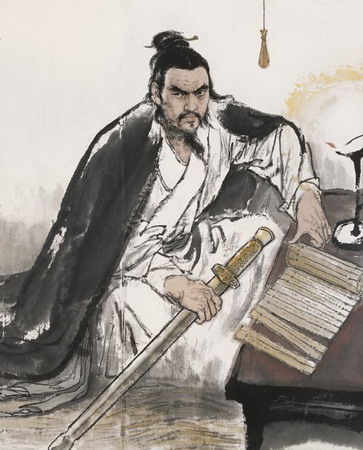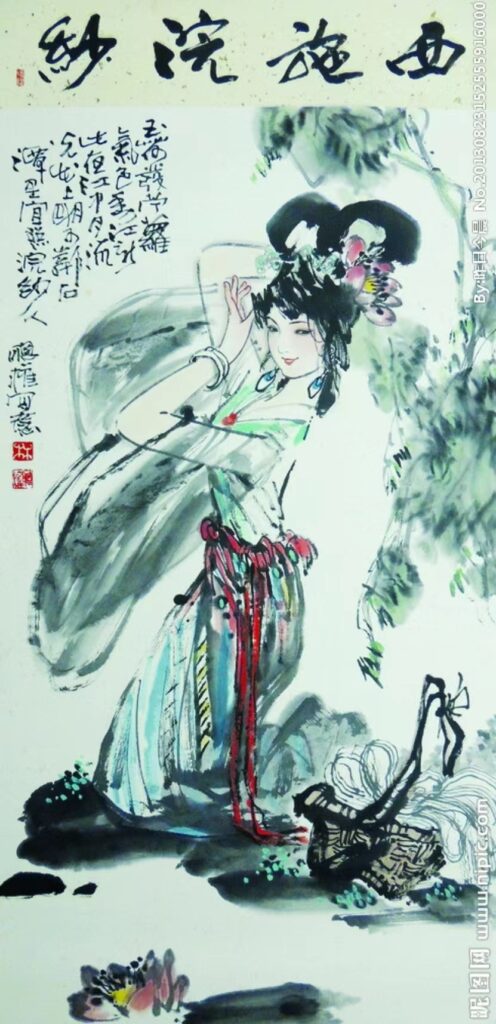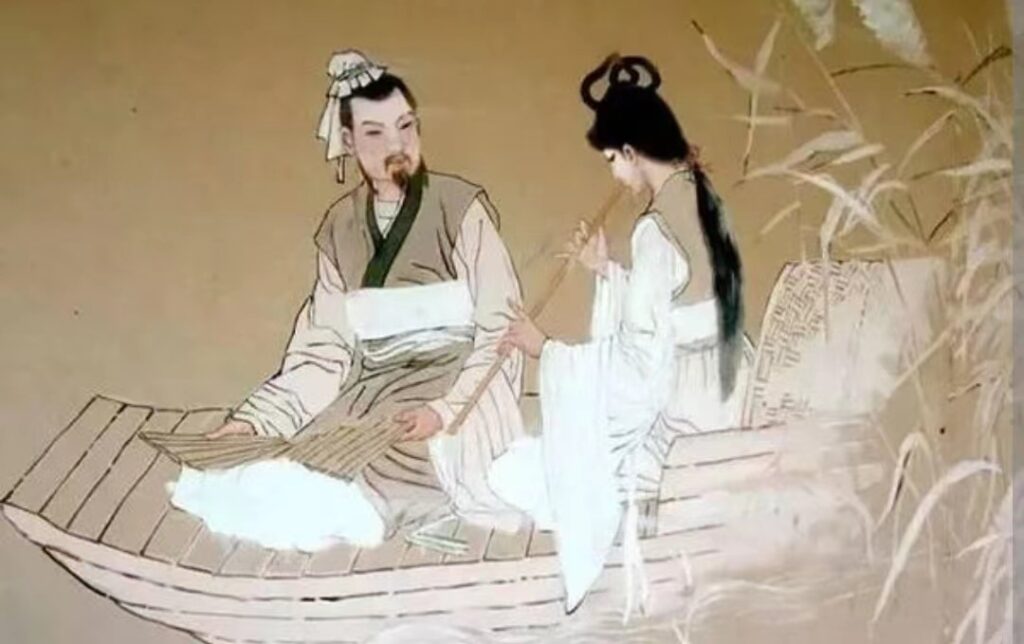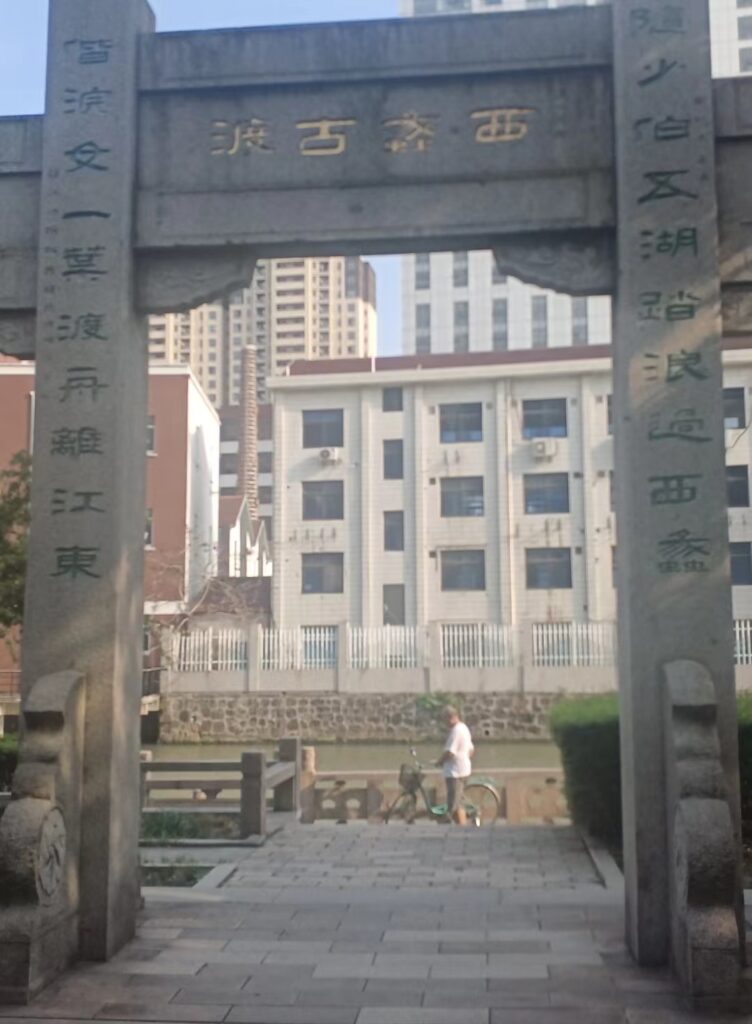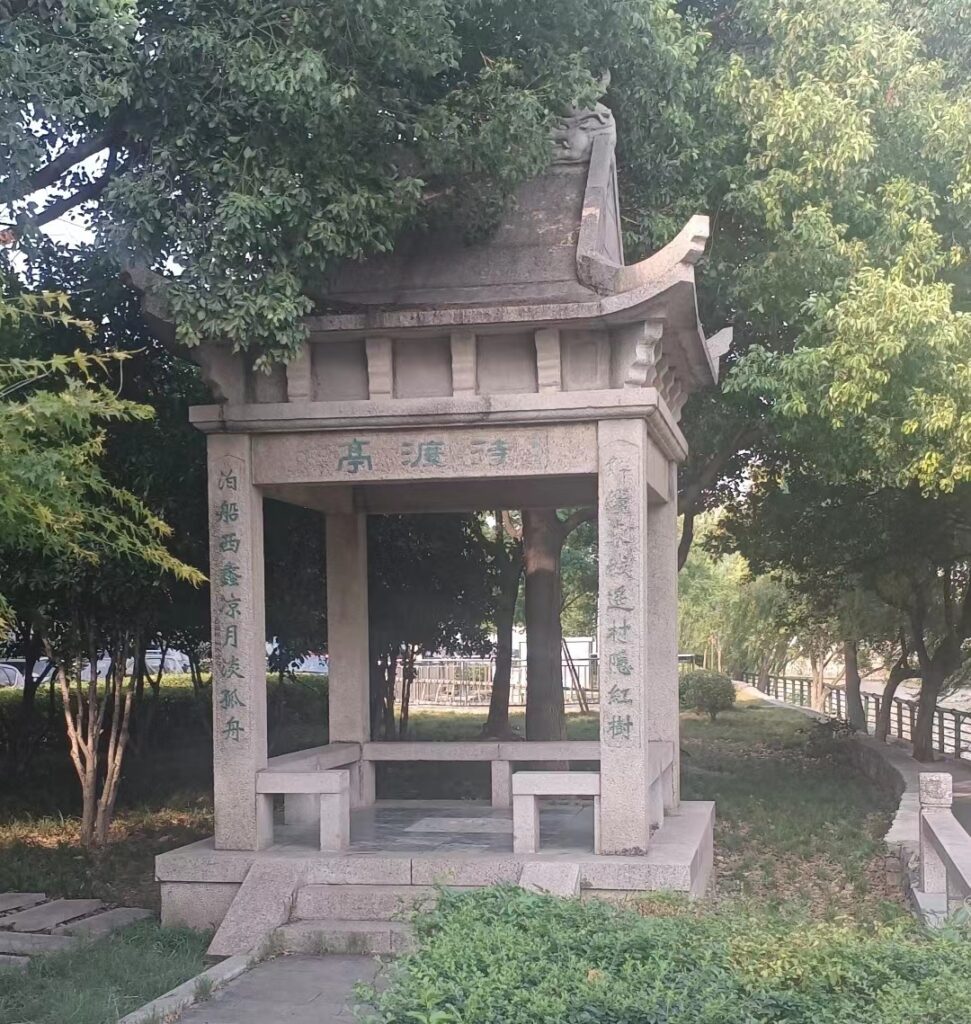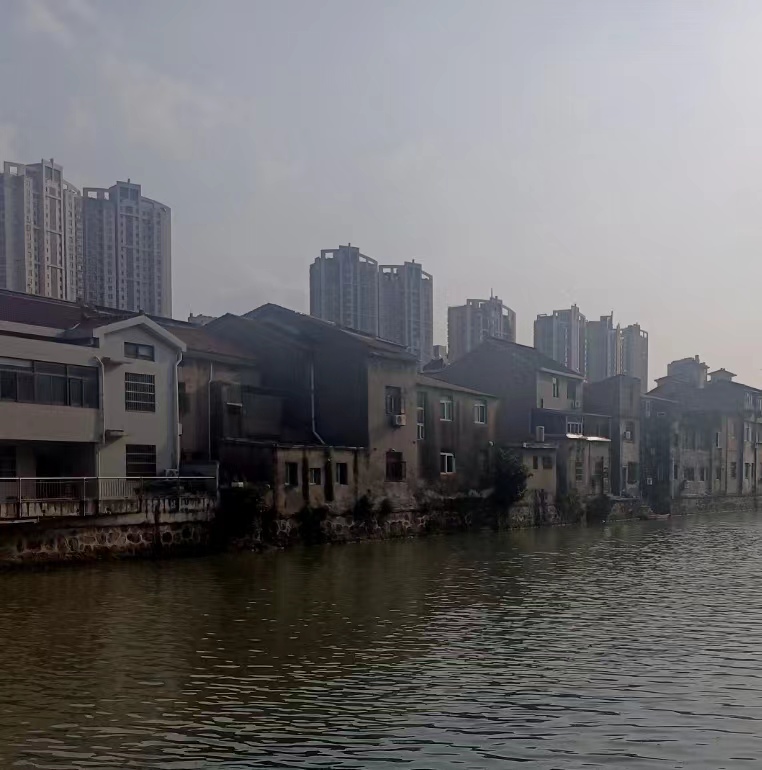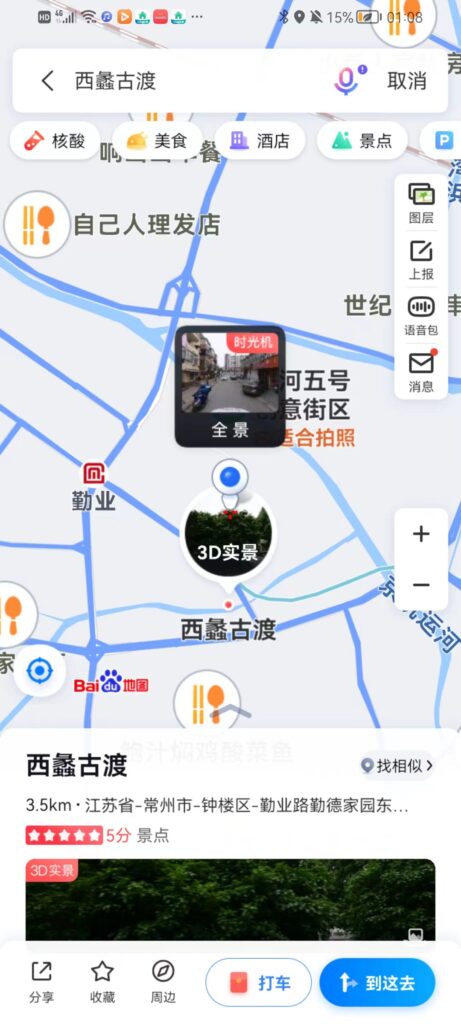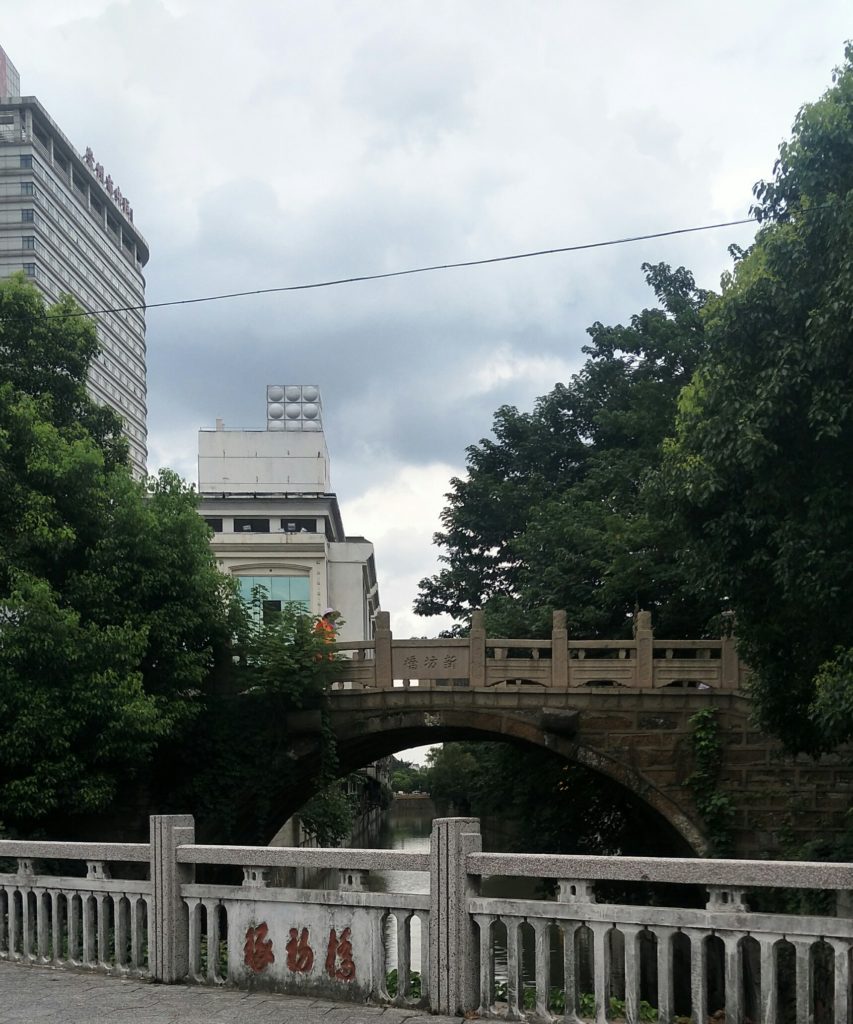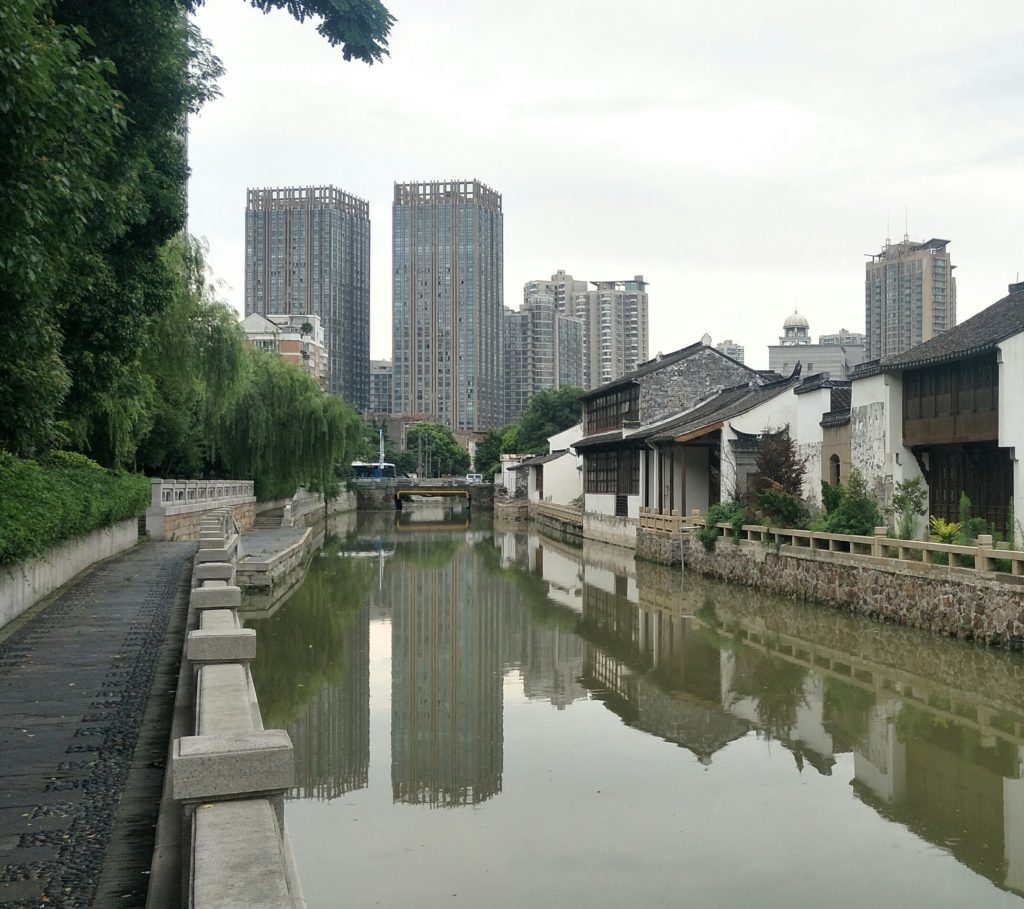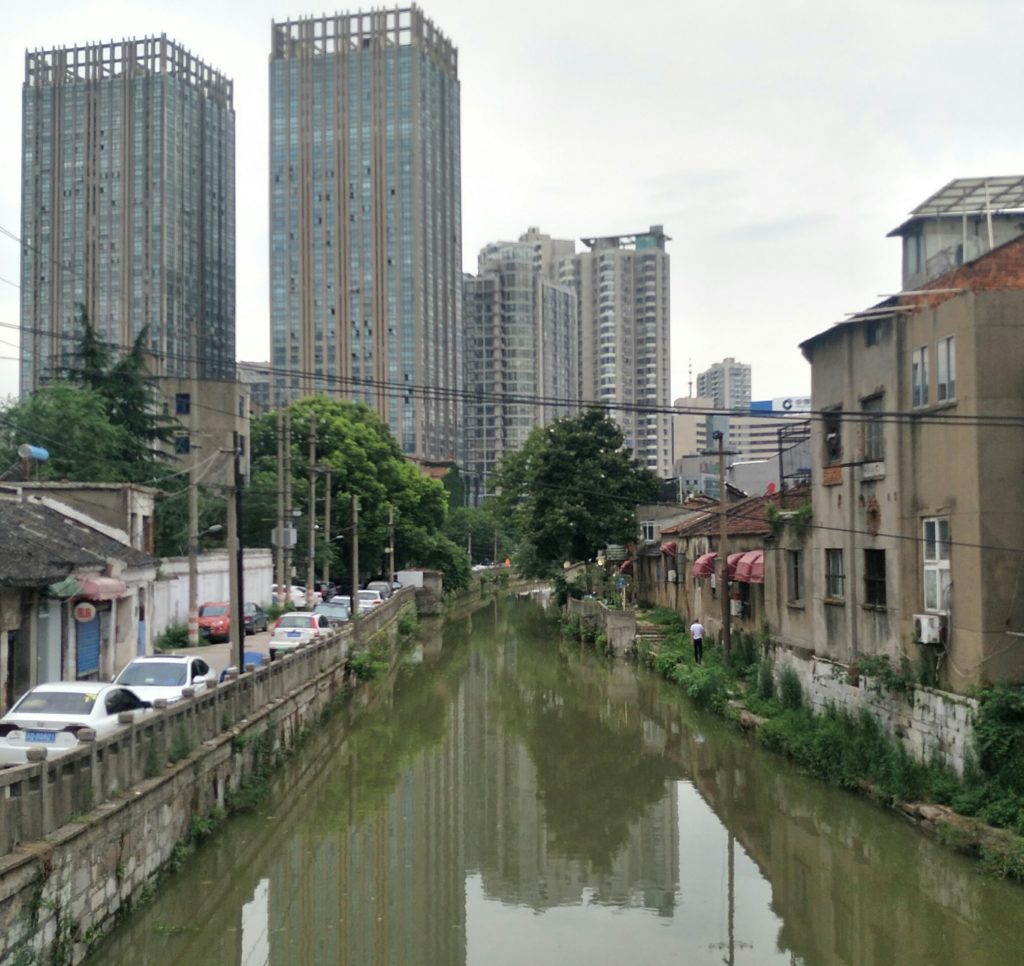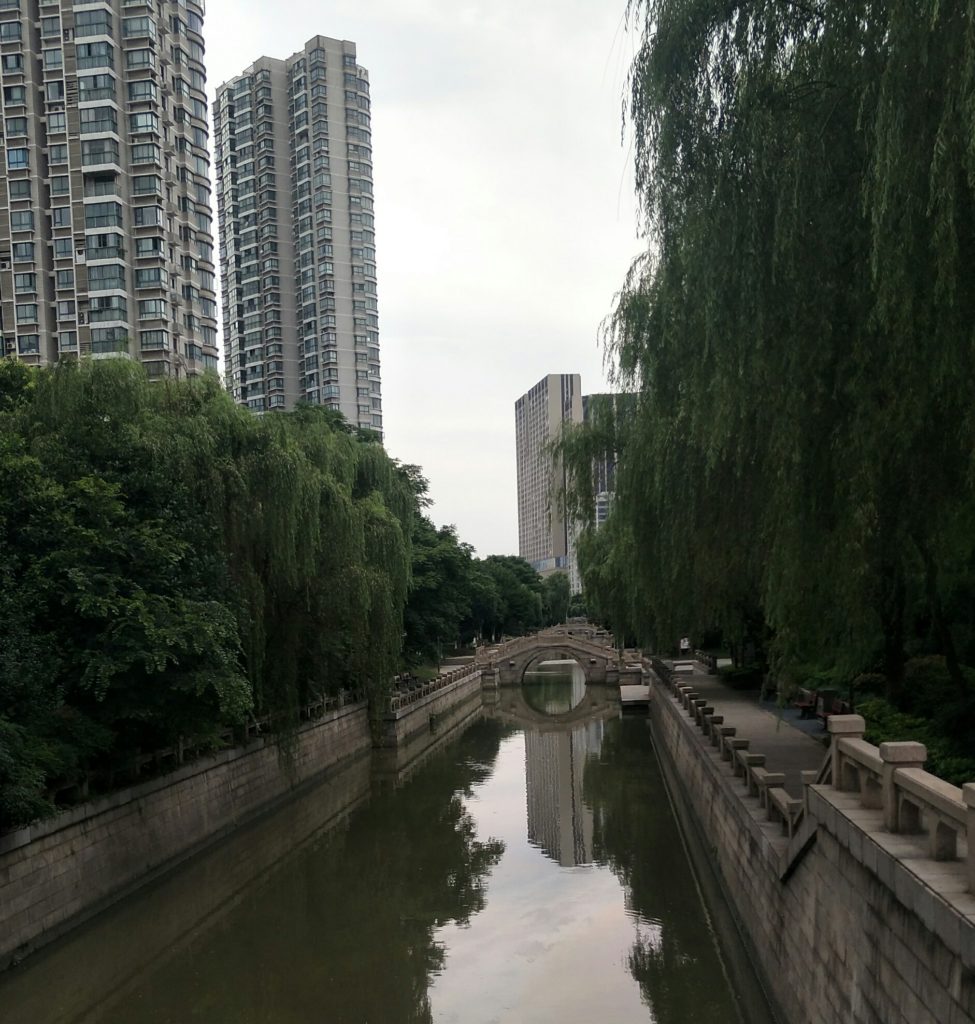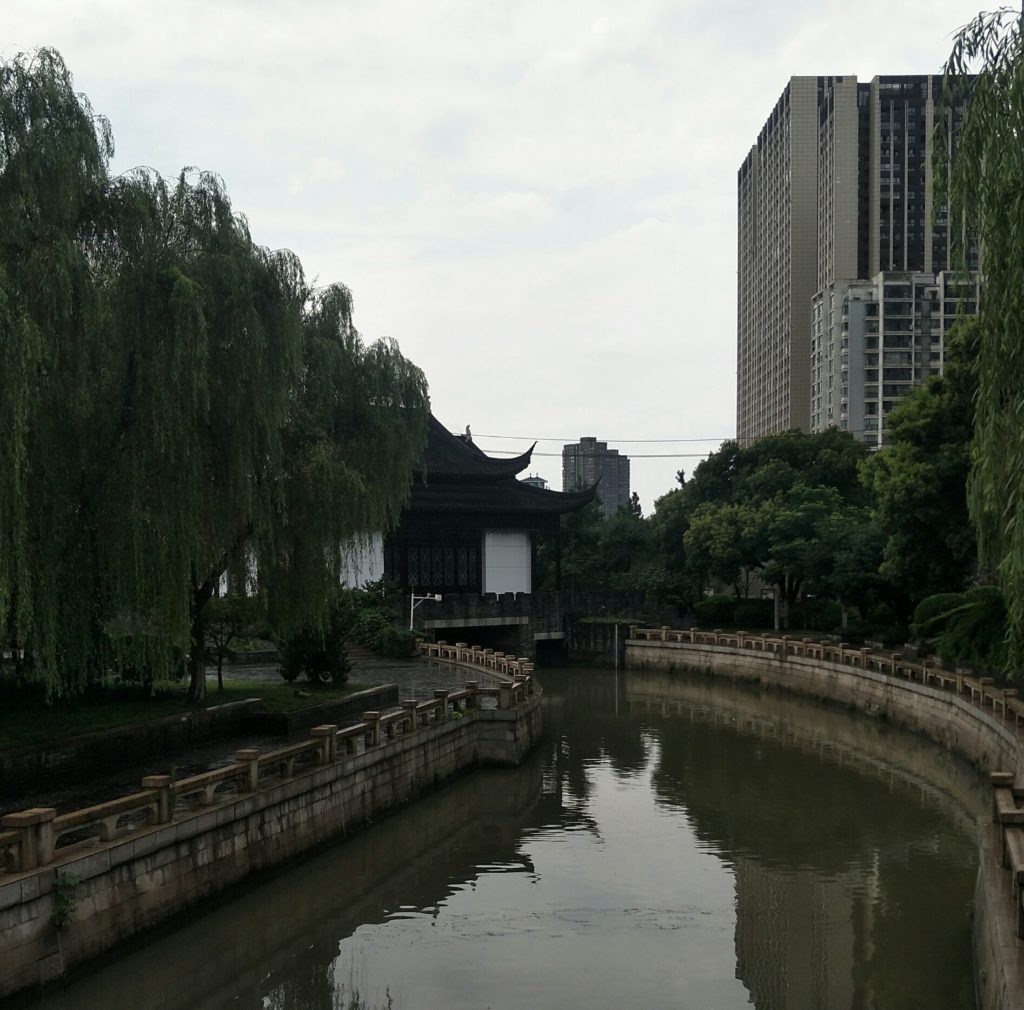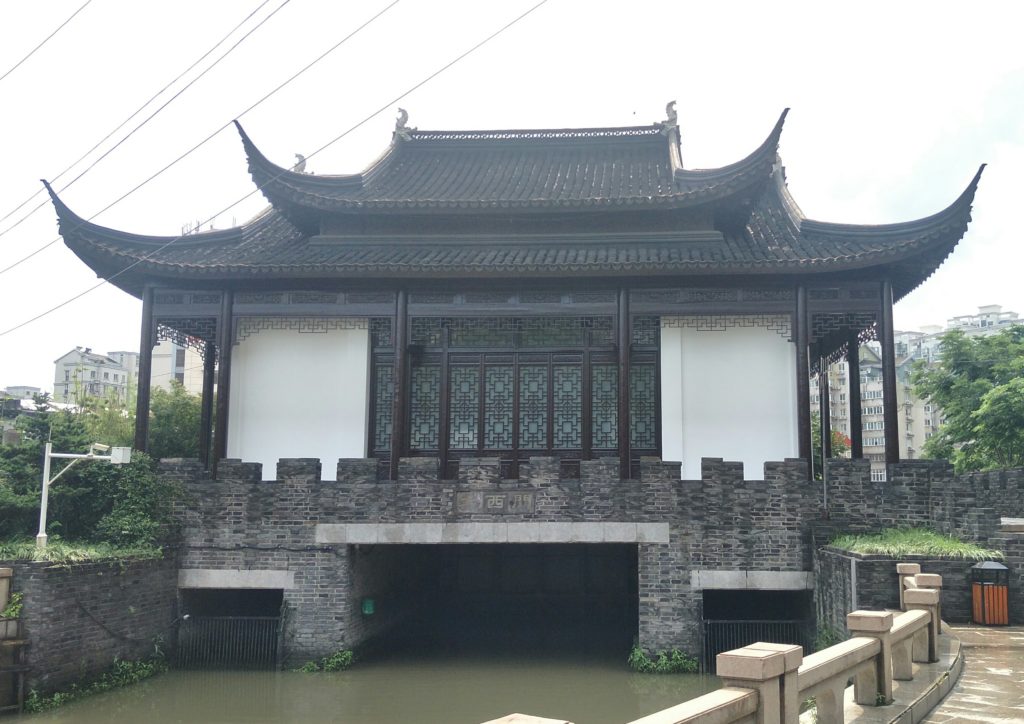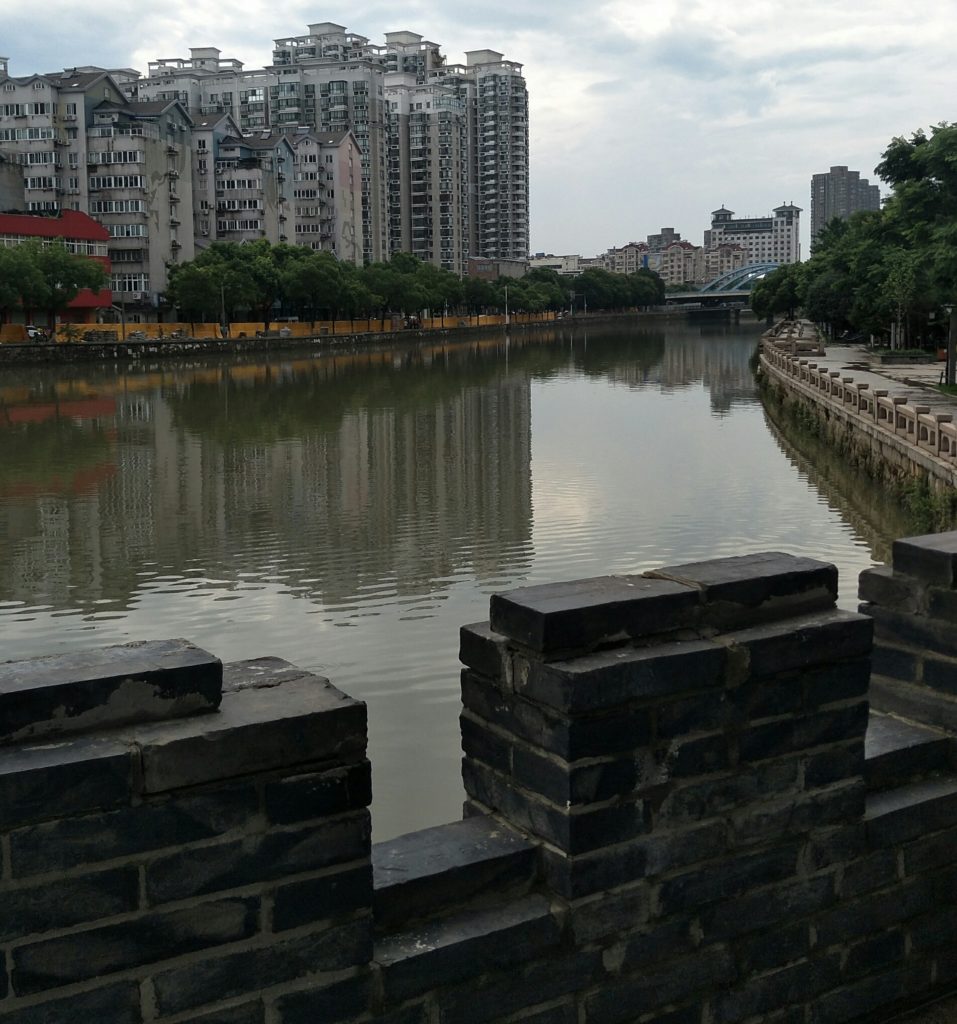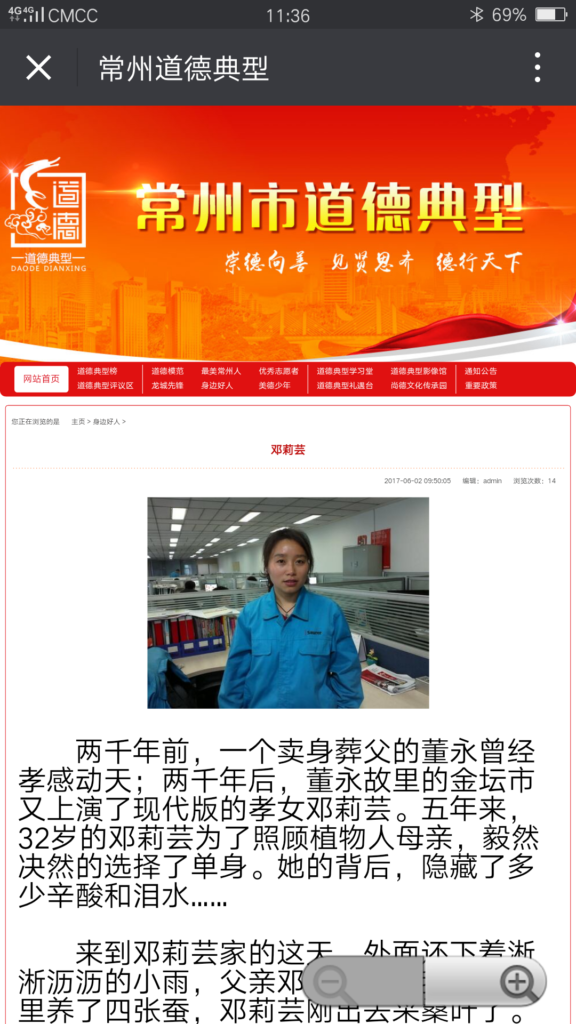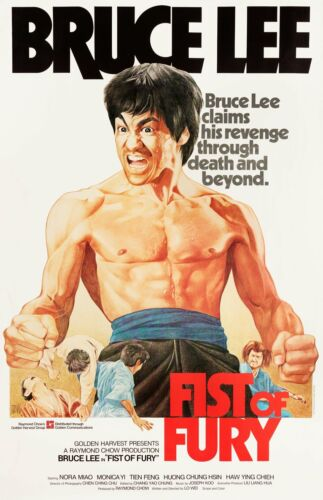
Before his tragic death in 1973, Bruce Lee 李小龙 had made cultural impacts both in the west and in Asia. The cultural influences are too much to enumerate here, so let’s just focus on his landmark Fist of Fury. Sure, there are plenty of action scenes providing thrills, but the lasting longevity and staying power of this classic comes down a larger point in Chinese history.
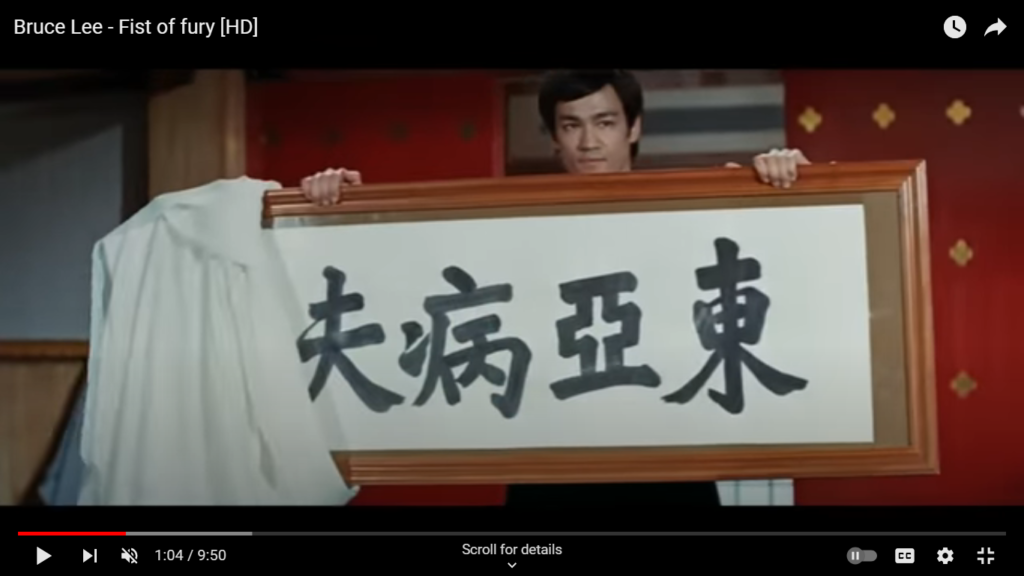
The calligraphy Lee holds here is 东亚病夫·, which translates as “sick man of east Asia. The characters look different because Lee is showing the phrase in traditional characters in reverse order. This is typical for the period that Fist of Fury is set in; to promote literacy, mainland China developed and implemented simplified characters in the mid 20th century. A variant of this idiom includes 亚洲病夫, “sick man of Asia.”
Both expressions were used to describe China during the 19th century. The Qing Dynasty was in rapid decline. Foreign powers imposed severe concessions after routing the Chinese after the two Opium Wars, which resulted in an crippling opioid epidemic. Christian missionaries were actively trying to subvert traditional culture, leading to the absolutely bloody Boxer Rebellion. Once the Qing Dynasty and the imperial era as a whole came crashing down, a period of warlord chaos fractured the country even more where the Japanese brutally invaded and occupied. This is the world that Bruce Lee’s Fist of Fury depicts.
The above screenshot is in the beginning of a particularly famous moment in the film. Chen Zhen (Lee) enters a Japanese dojo seeking to avenge the death of his teacher. He comes with the “sick man of Asia” calligraphy to make a point. He eventually fights all the students — all at once — as well as their master. In spectacular fashion, Chen beats up absolutely everybody. Afterwards, he literally makes the Japanese eat those words.

This is well and nice, but why is this even relevant to a blog about experiencing Changzhou? First, this film may be one of the first places a non-Asian audience may have run into the historical “sick man of Asia” idiom.
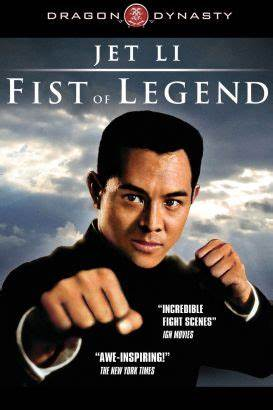
The film and character of Chen Zhen has been remade and updated a few times. One of the more notable of these was 李连杰 Jet Li’s 1994 outing Fist of Legend. It’s basically the same story as Lee’s original. The theme, no matter the iteration, is usually always the same: aspirations for a brighter future where China is no longer the “sick man of Asia.”
However, during the period these films depict, there were a number of people who fought for such a future for China. At face value though, it doesn’t sound as exciting or thrilling as watching Bruce or Jet wreck havoc on the Japanese in occupied Shanghai. In theory, it’s more boring than that. These would be the industrialists and technocrats who sought to modernize China and make it less reliant on imported western technology. Once such person was born in Wujin in 1844.
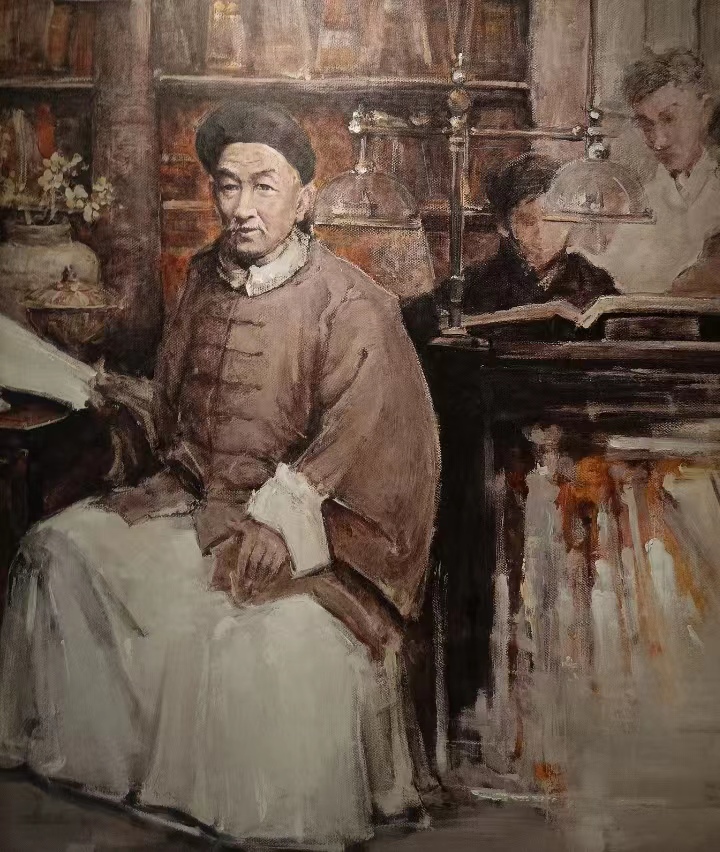
Sheng Xuanhuai 盛宣怀 was born in the Qing Dynasty’s declining years. From 1850 to 1864, the Taiping Rebellion 太平天国 became bloodiest civil wars in global history, in terms of the amount of lives lost. The First Opium War preceded the rebellion, and the Second Opium War followed it. As mentioned earlier, crippling concessions followed, and these put, in slow motion, the Qing on the path to losing power completely.
Sheng, despite not being able to pass imperial exams, managed to leverage himself to become quite powerful within China. Normally, this would be unheard of; doing well on that exam was a requirement before anybody within an imperial court would even offer an open ear.
Yet, times were changing. The imperial exams required a potential court official to demonstrate their knowledge of poetry and Confucian classics — not how steam engines work. This is just one example of how, with the western world encroaching; the traditional imperial system was becoming more and more irrelevant.
In our age, it’s like asking somebody with a master’s of fine arts in creative writing and poetry for advice on hacking or anything related to computers in the forthcoming age of AI. It would be wise to kick the poetry nerd to the curb. In this regard more than 100 years ago, somebody like Sheng could parley technological insight into power. The more China could figure out how to do things themselves, the more self sufficient the country could become. Essentially, the country would not be depending as much on foreign imports.
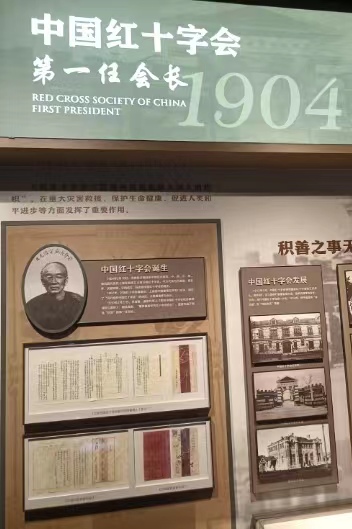
Some of Sheng’s achievements include setting up the first Chinese version of The Red Cross Society. He helped get cities become more interconnected with a network of telegraph lines, where a series of bleeps and blips, via Morse code, could get messages sent quicker than dispatching a written letter could. Sheng had his hands in steam technology, too, both in boats and trains. In a way, the amount of things this man has done is far too much to do justice here.
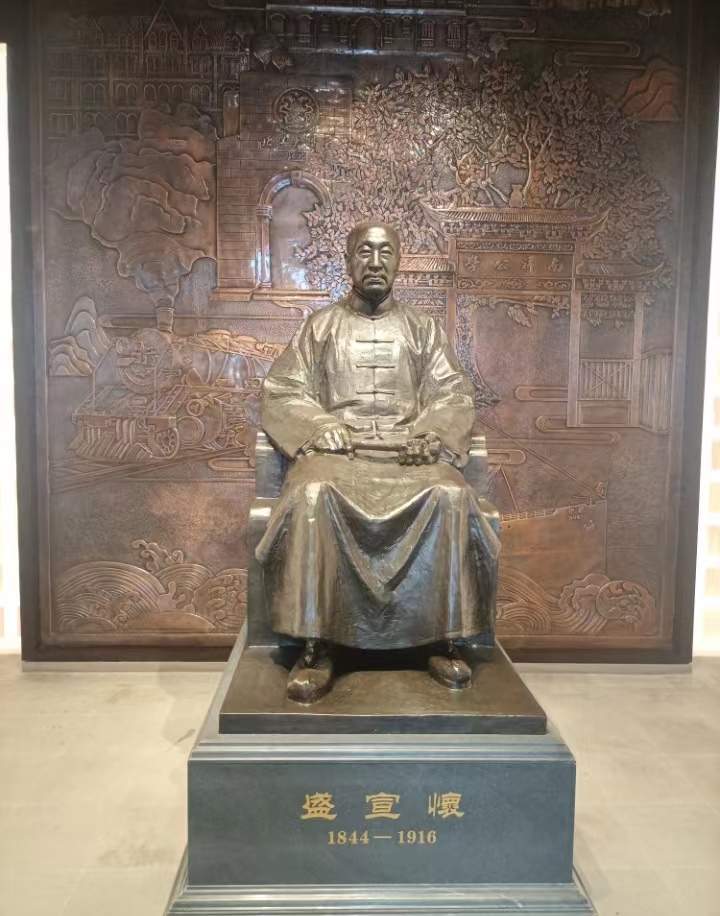
Downtown Changzhou has a memorial hall that more than covers that. Like with a lot of these museums, a lot of the signage is in Chinese and to get a full gist of everything would require a translation app with a camera function. Still, some information is in English.
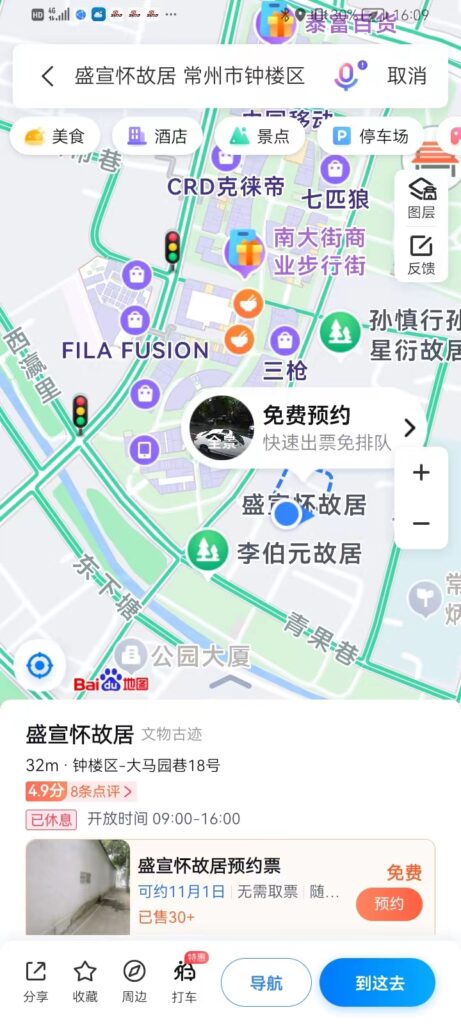
This place is tucked in a corner across from the southern end of the Nandajie pedestrian street — the part near the intersection where the lesser part of Qingguo Lane begins. Currently, it is hidden behind a construction barrier.
Obviously, comparing Sheng Xuanhuai to a character Bruce Lee or Jet Li played is an absurdly ridiculous proposition. Sheng would have never rushed into a Japanese dojo to demonstrate his martial prowess using his fists and feet. Sheng passed away in 1916, just years after the Qing Dynastry was swept away by the 1911 revolution. Japanese occupation would come in 1937, so he would have been dead by then.
Still, the story of how a culture evolves has many vantage points. A martial arts story of a student avenging his teacher is one of them. A Wujin-born technocrat trying to modernize his country is another. Both are tales of China trying to confront the “Sick man of Asia” trope it had been saddled with.




